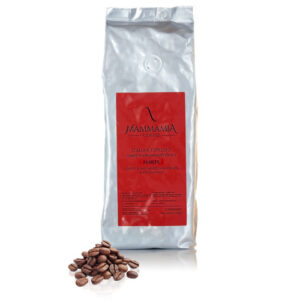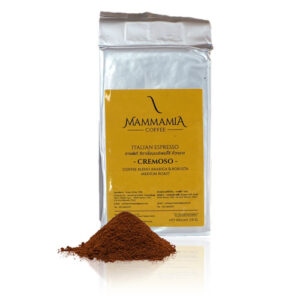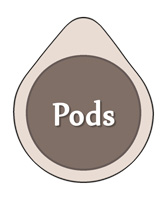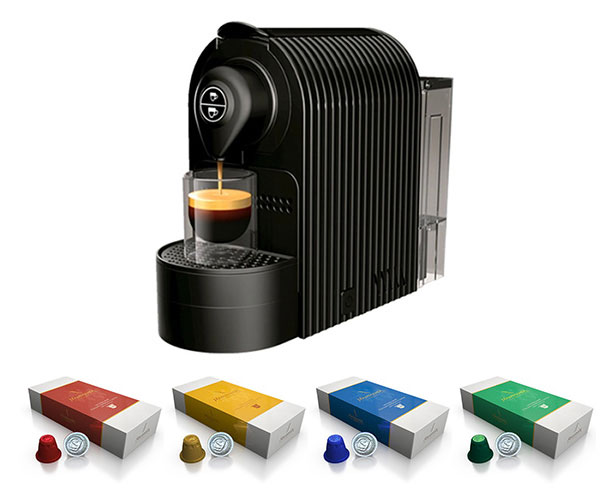You already have a capsule coffee machine..?
Here we show you some examples of machines compatible with our capsules:
If you don't have yet a professional coffee capsule machine...
Then we have our special Coffee machine for you:

Quality and certifications
Our products have all the main certifications that guarantee the highest product quality, production processes and organization.
CSQA, ISO 9001:2008, IQNet, FAIRTADE, CISQ, IFS, SINCERT, BIO, KOSHER

Espresso
The espresso, today known throughout the world, was born in Turin in 1884, after
the invention of the espresso machine, patented by Angelo Moriondo with patent
no. 33/256 of 16 May 1884. It was then implemented with another patent on
November 20, 1884 vol. 34 n. 381. The invention was then covered by an
international patent by registration took place in Paris on October 23 1885. 17
years later, in 1901, the machine was perfected by Luigi Bezzera from Milan who
made other technical improvements. In 1905 the patent was then bought by
Desiderio Pavoni who founded La Pavoni company and began production in
series (one per day), in a small workshop in Via Parini in Milan.
Espresso coffee is the most consumed beverage and known in Italy between the
various types of coffee.
The espresso is prepared through a percolation process, under pressure, 6.5-7.5 grams of roasted coffee and finely ground. The extraction water temperature is 92-94 ° C and the water-coffee contact time is about 25-30 seconds. The caffeine extraction efficiency is 80%.
Normally, in order to obtain a good espresso bar, the grinder must be equipped with
grinds helical centrifuge, the only one suitable for grinding the grains into fine granules with uniform size, the degree of fineness of the grind should be selected according to the characteristics of the machine, mixture and to the environmental conditions of humidity and temperature.







